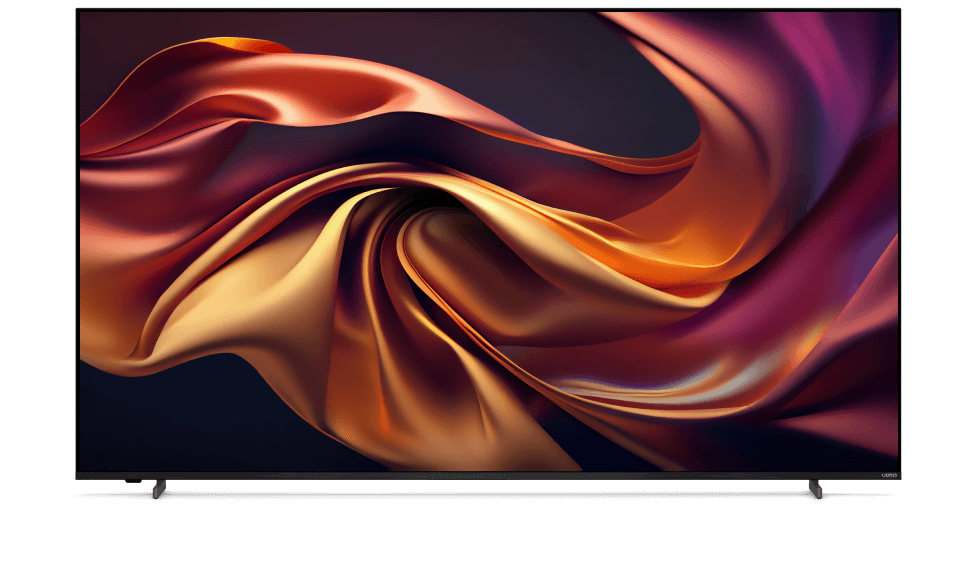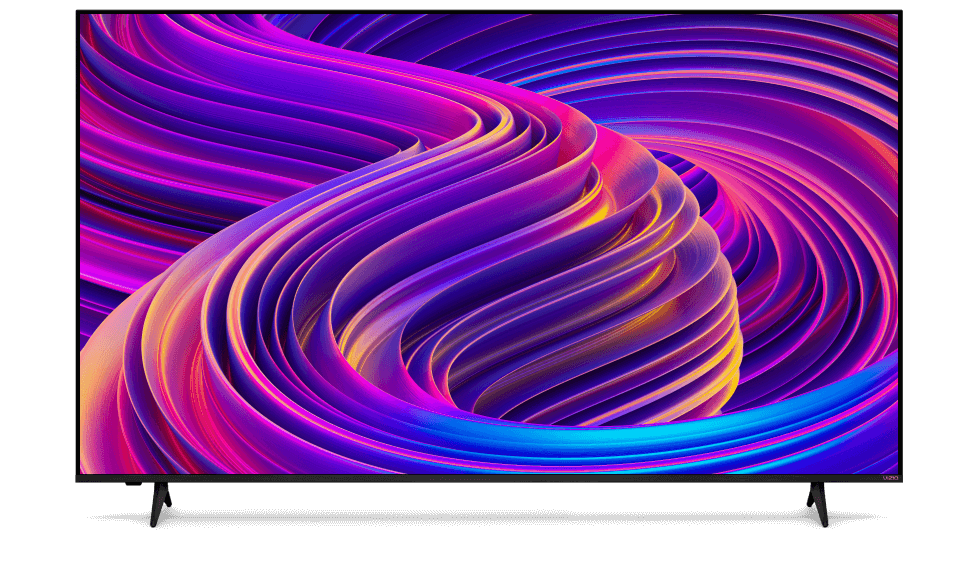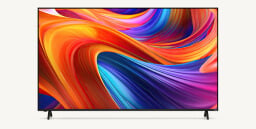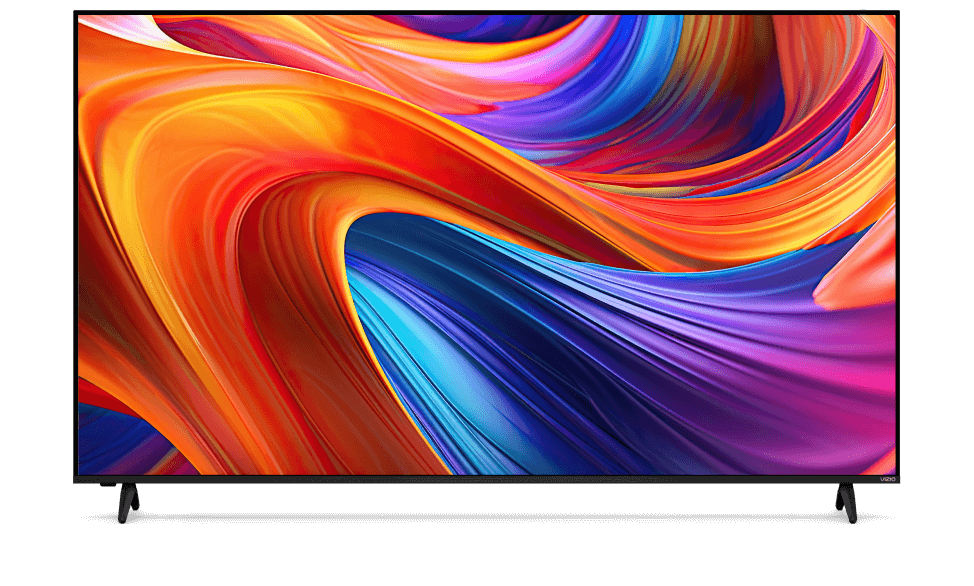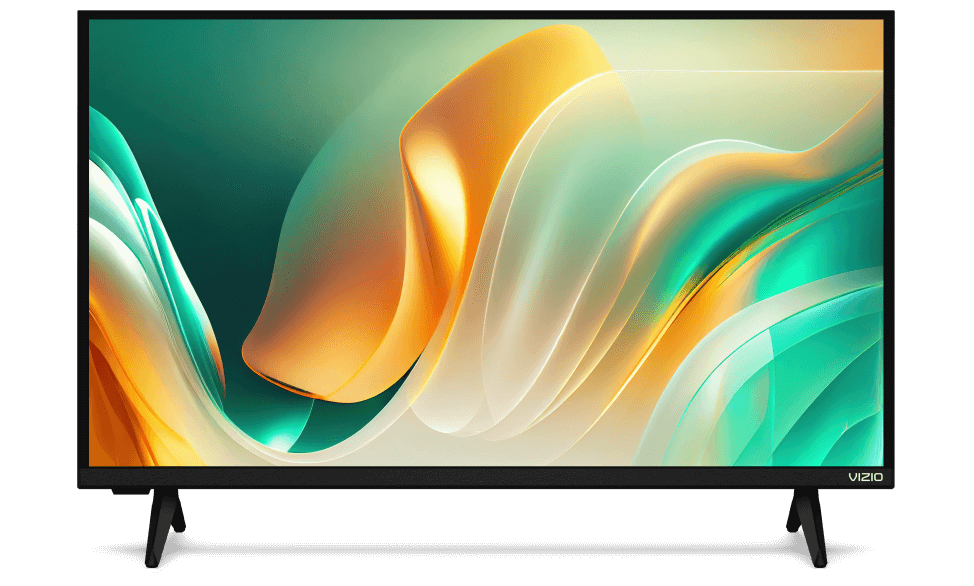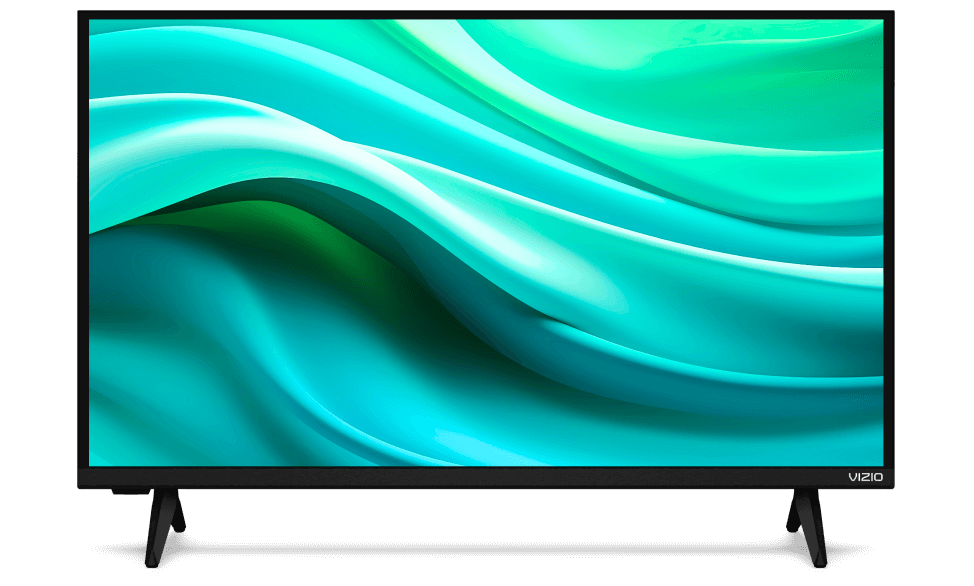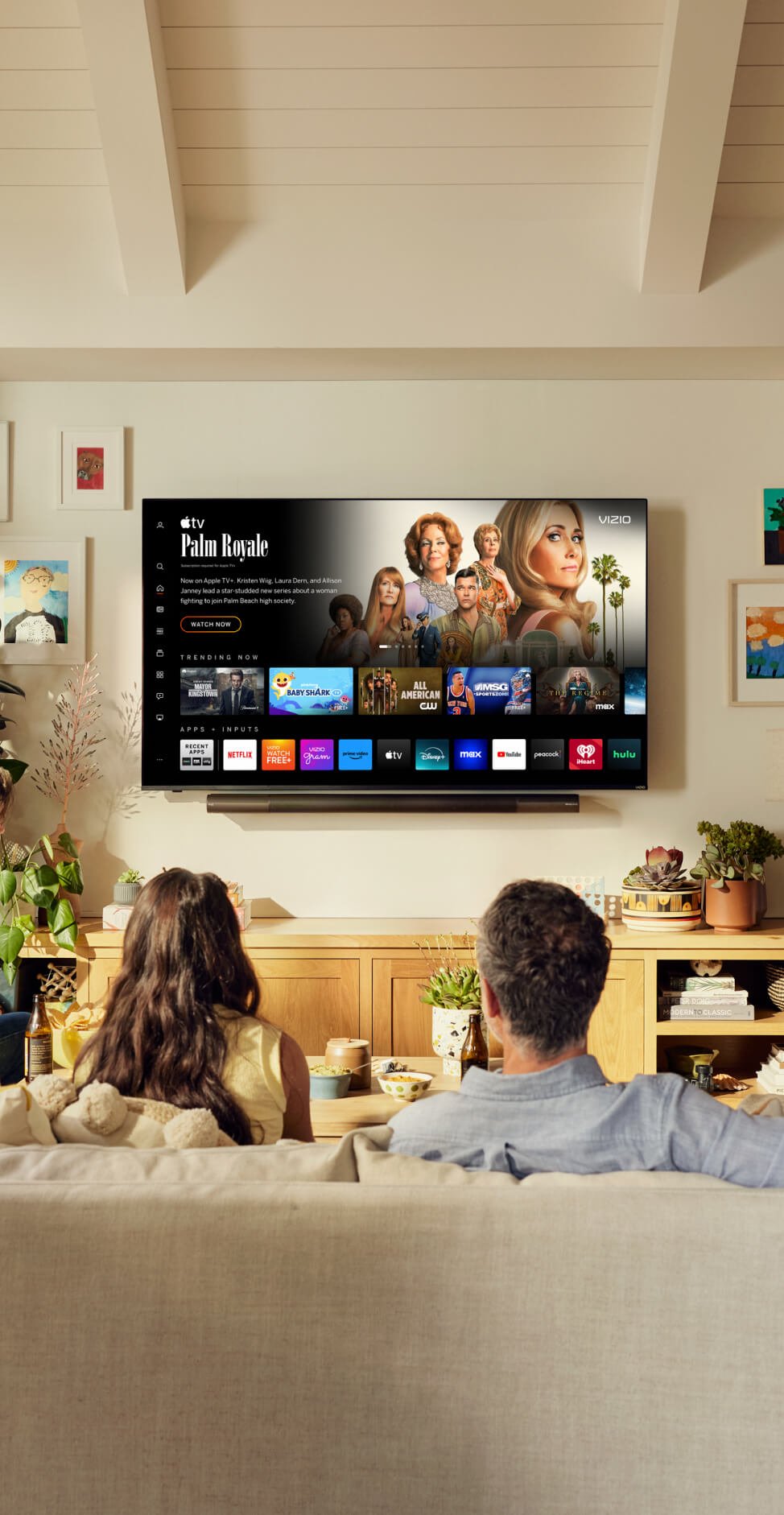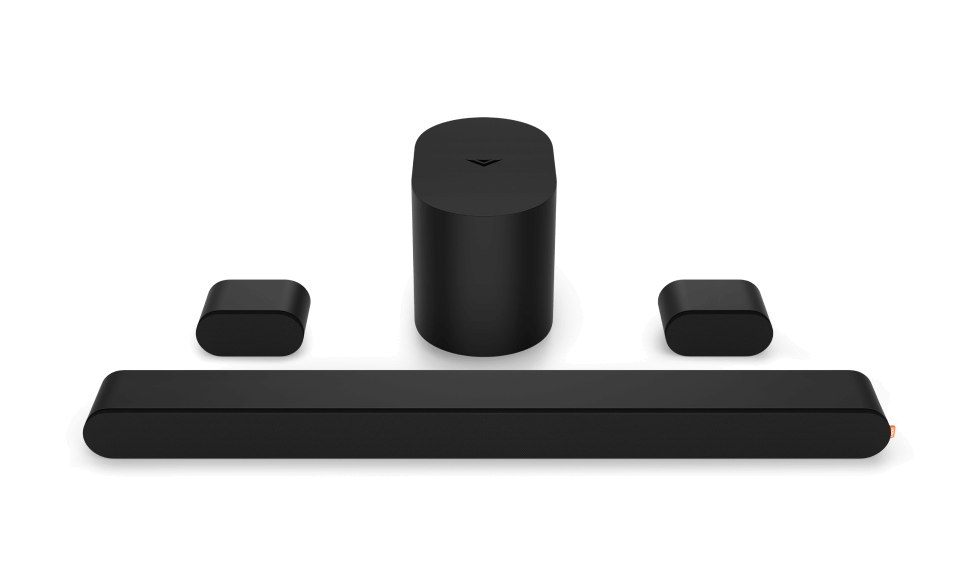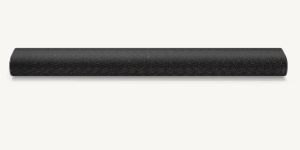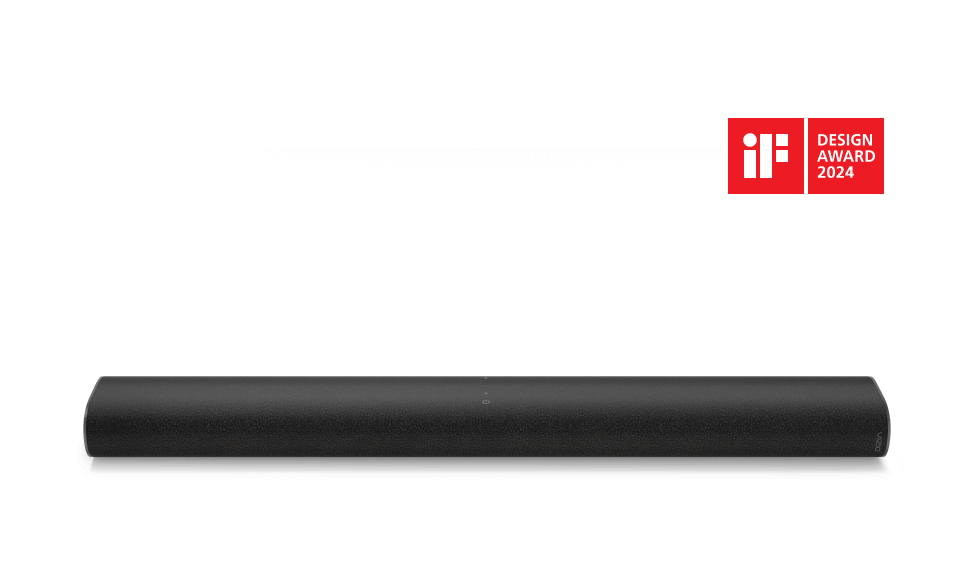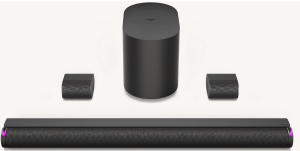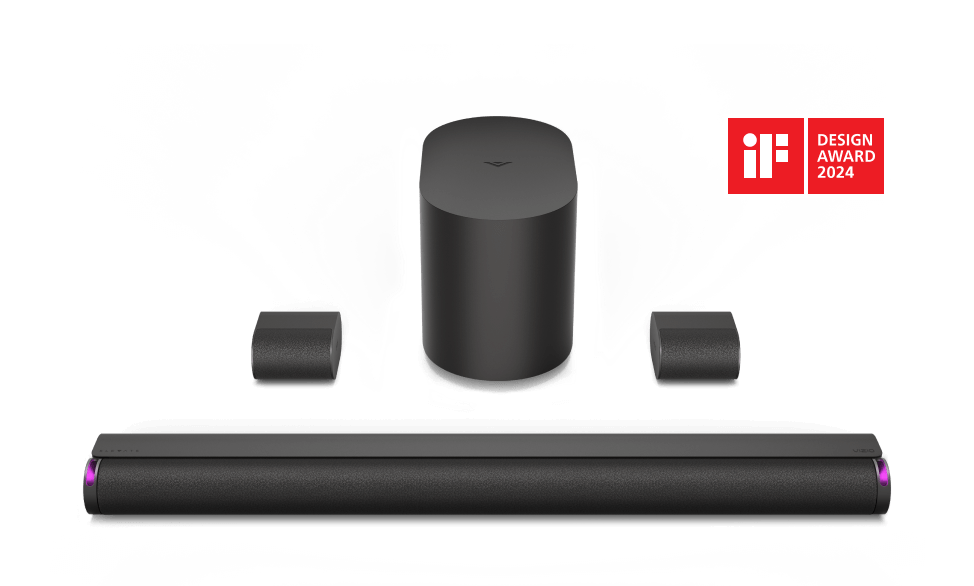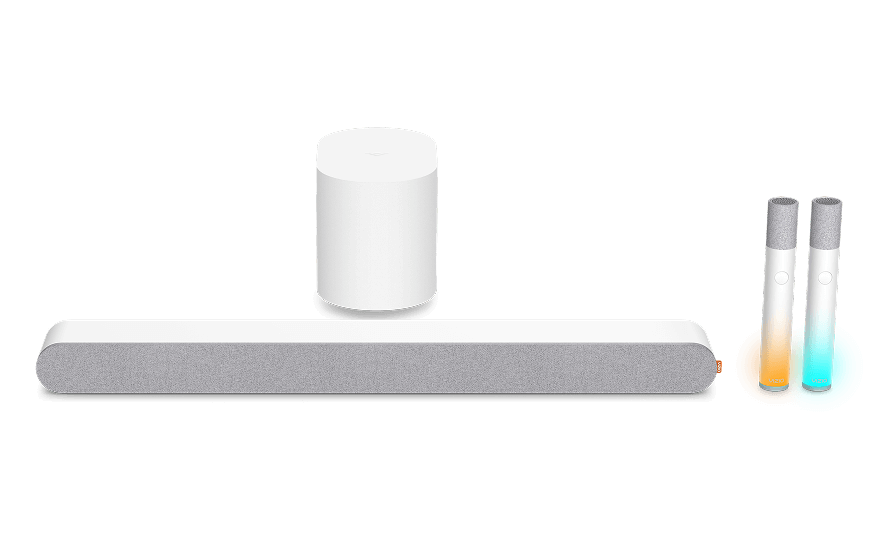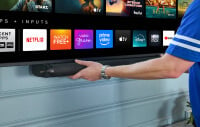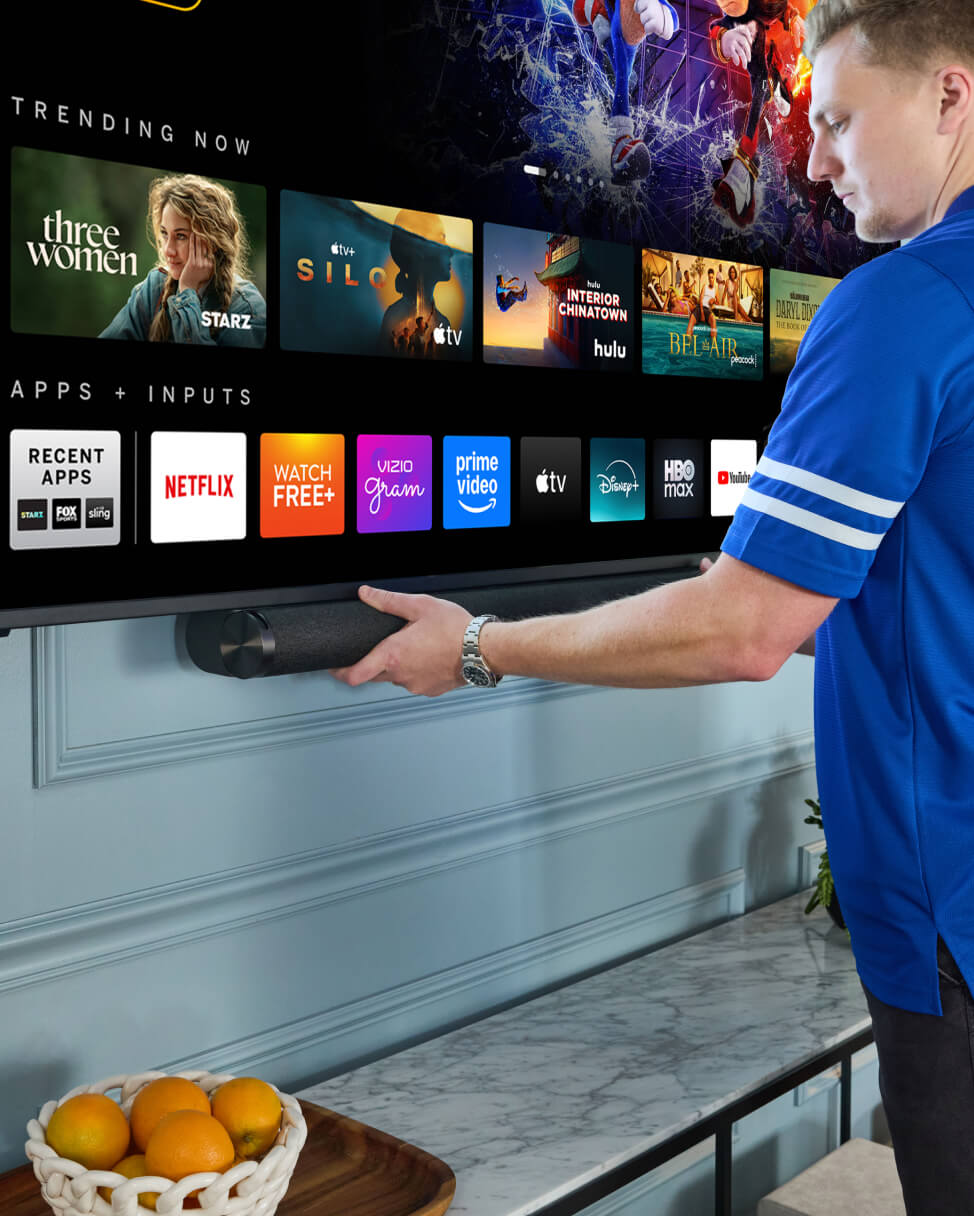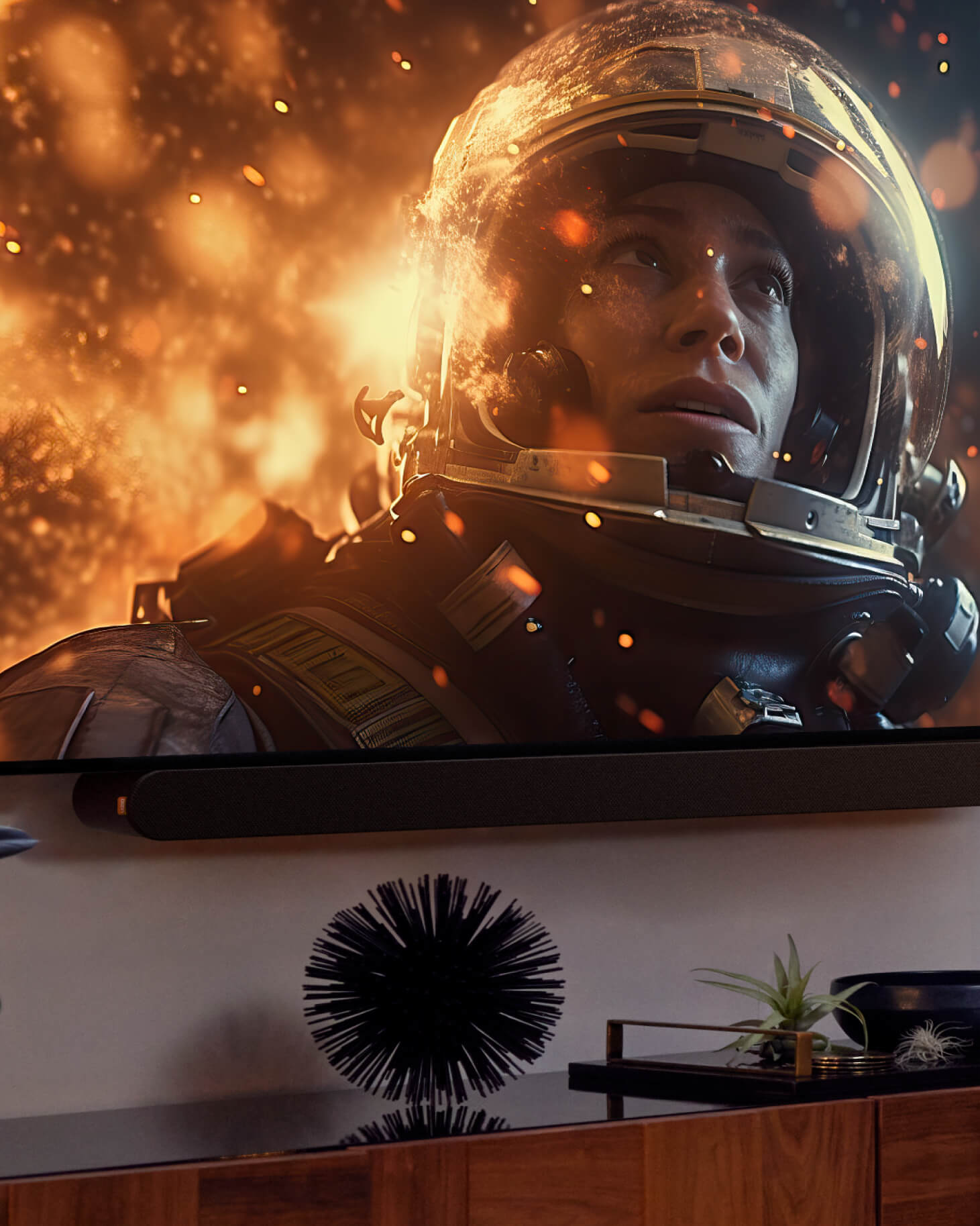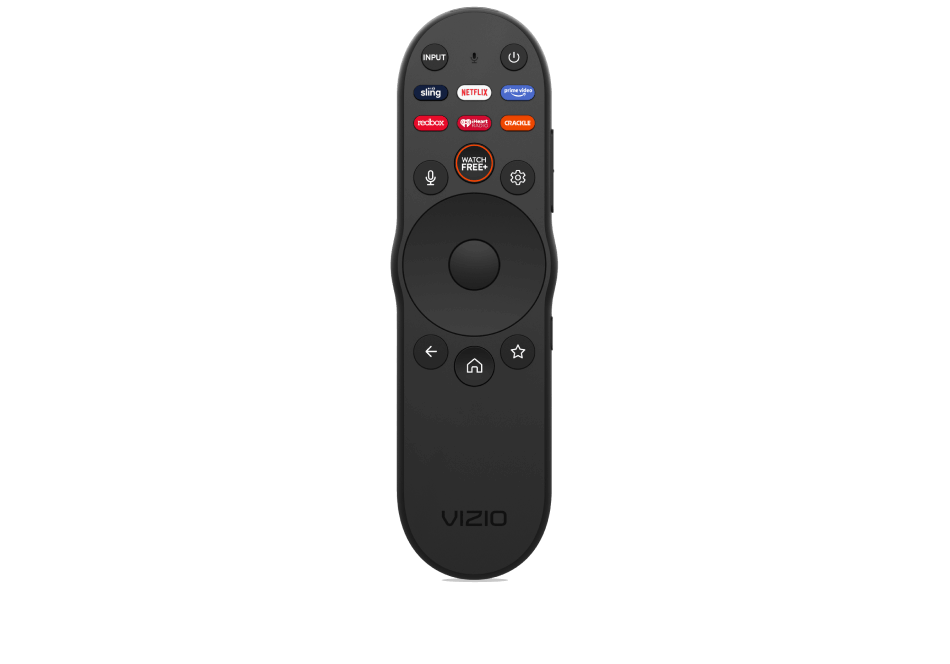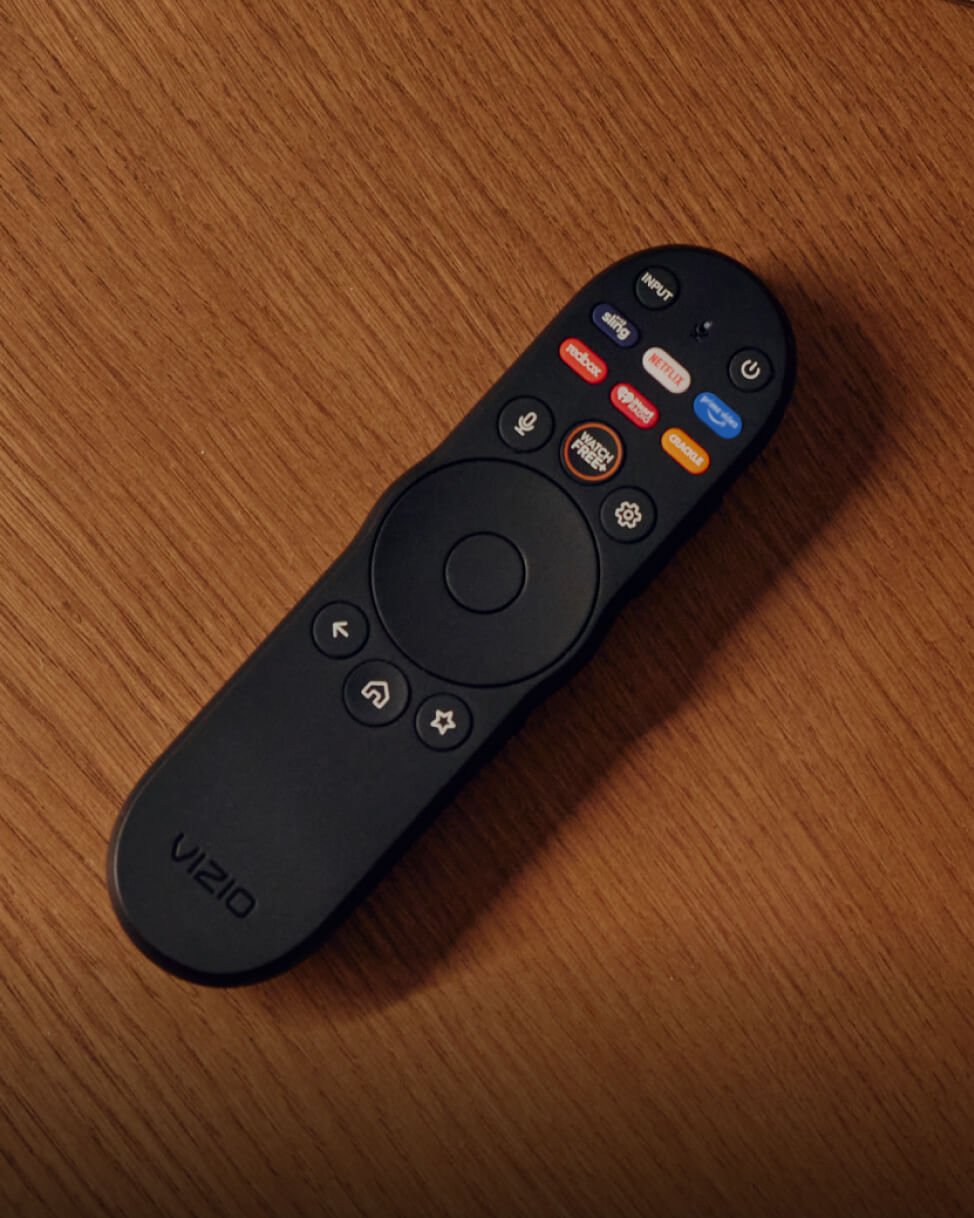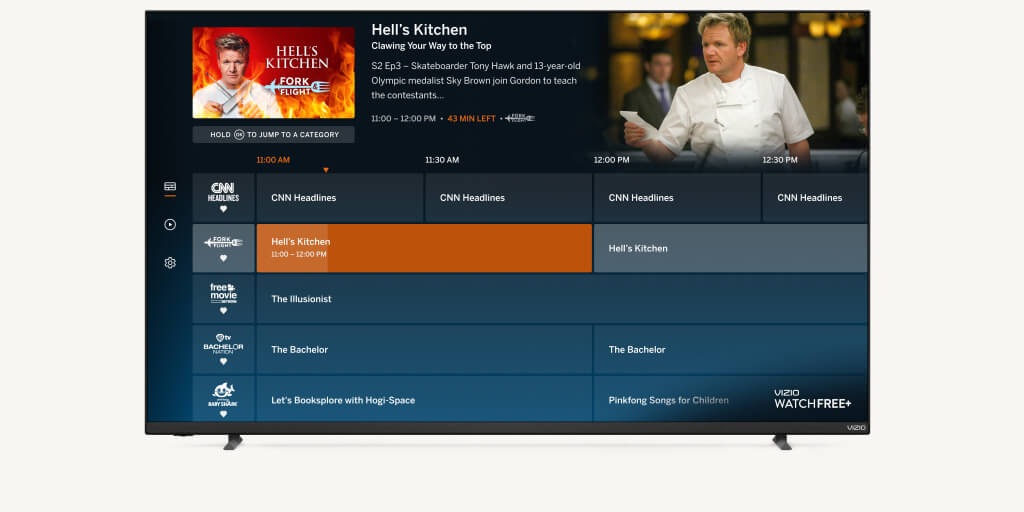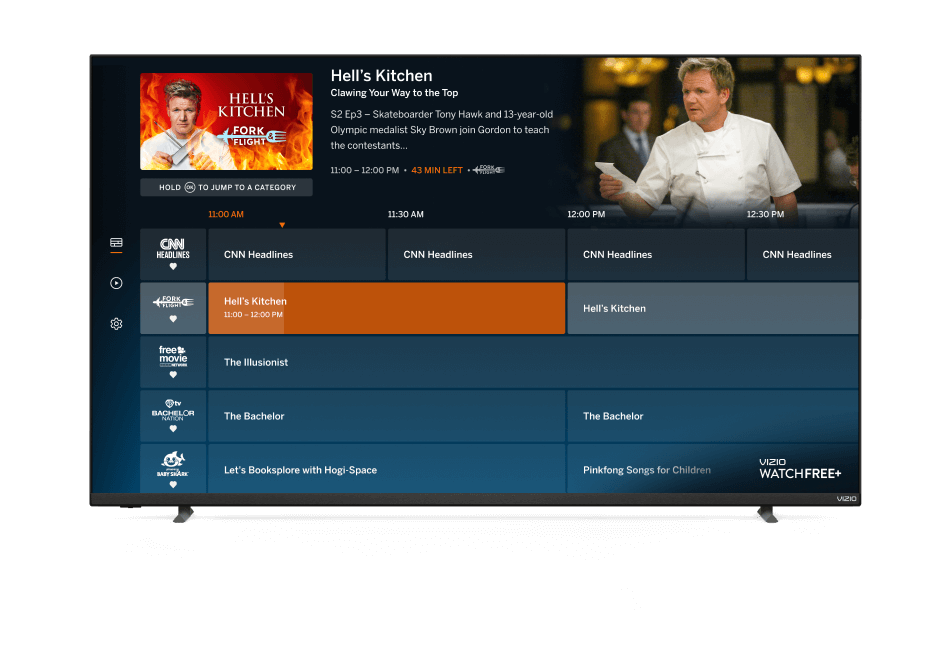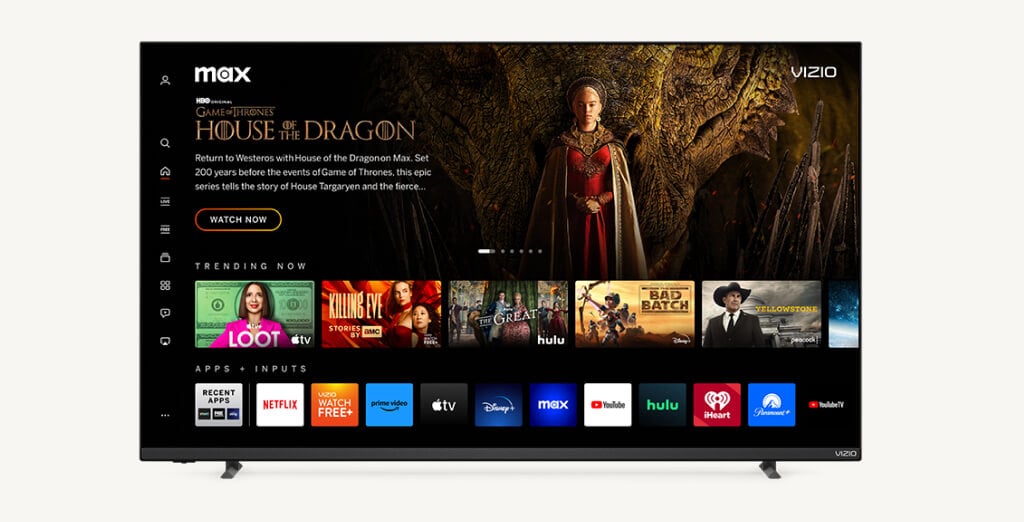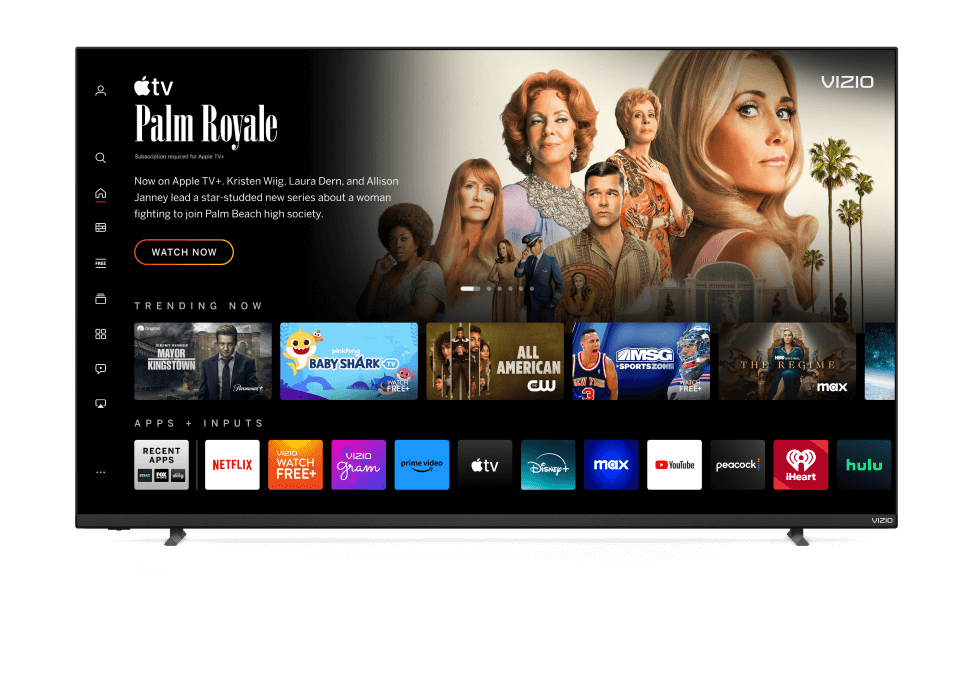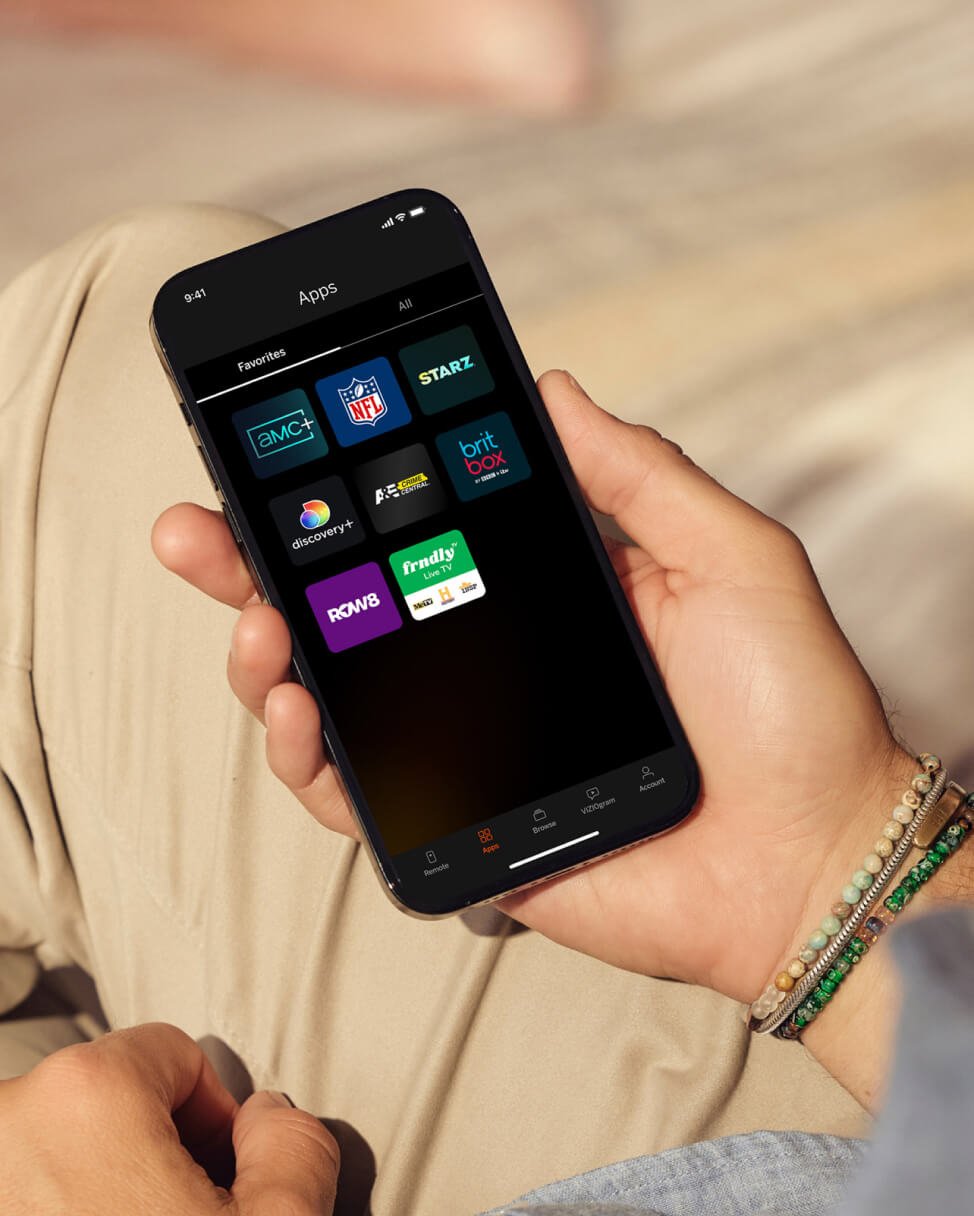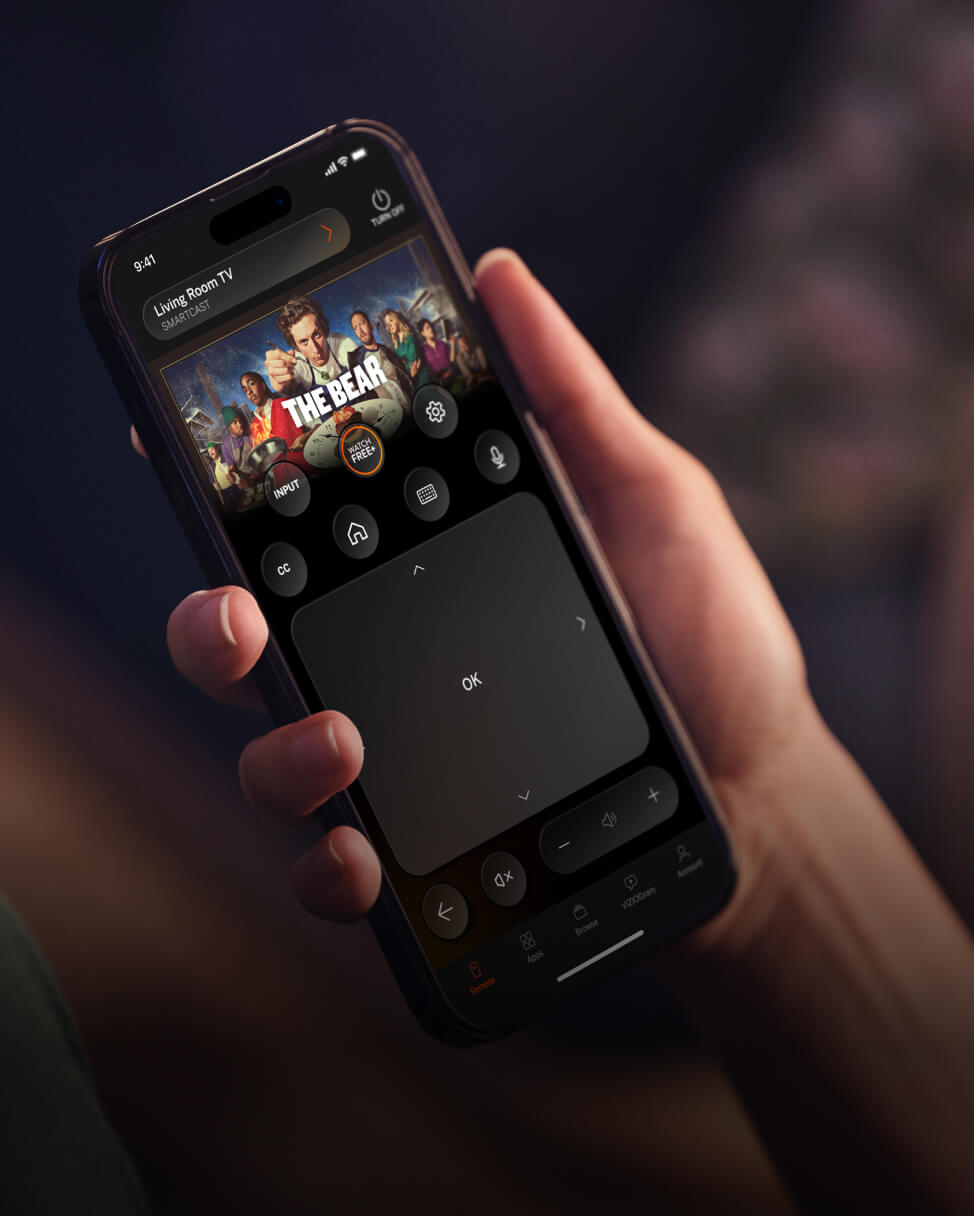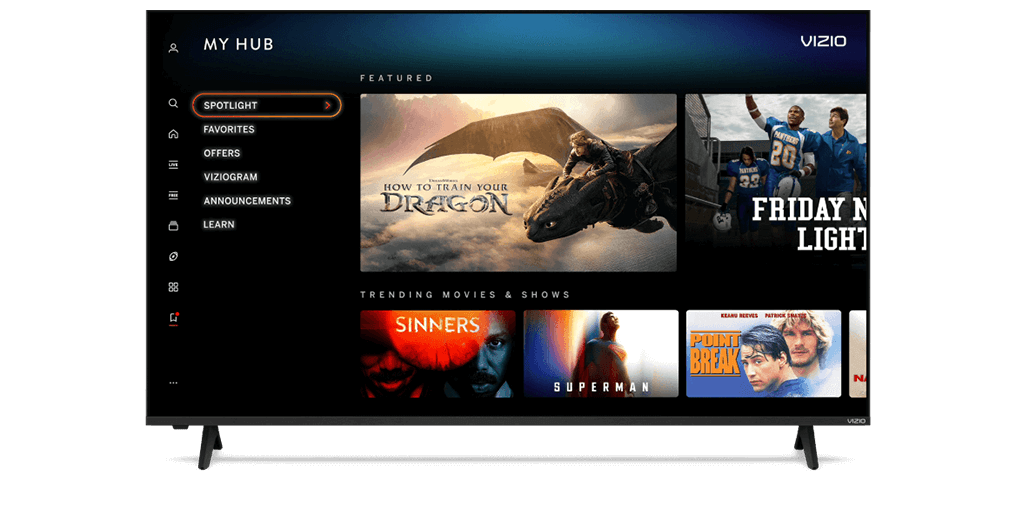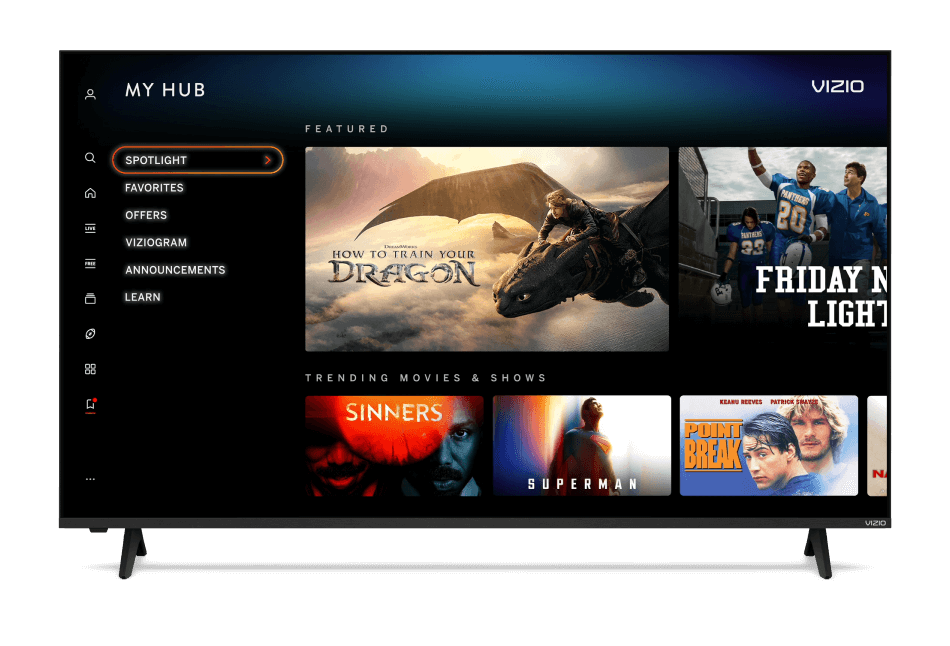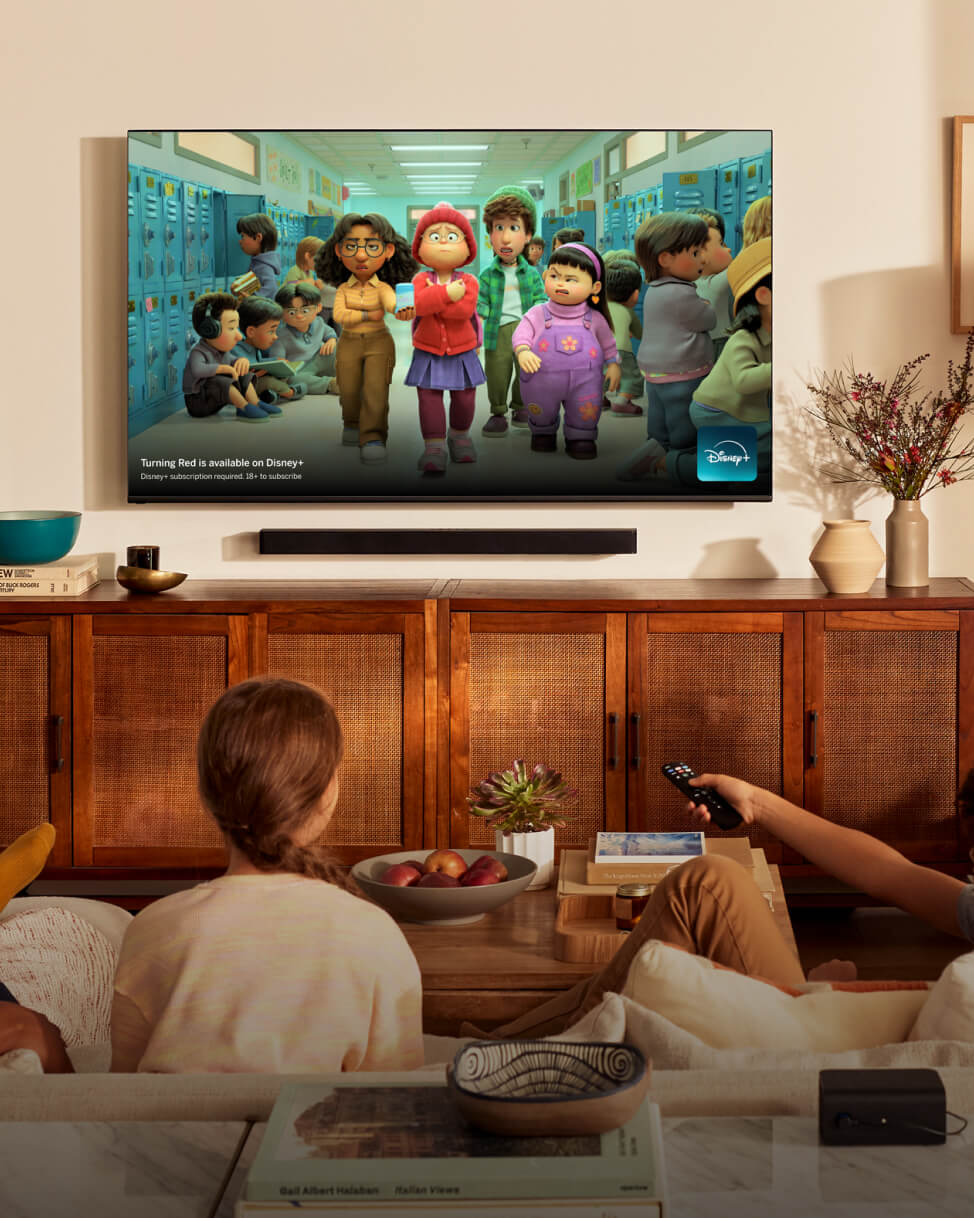VIZIO S4251w Review: A Sterling Sound Bar For Surround Sound Devotees
The good: The Vizio S4251w-B4 sound bar includes two rear speakers, allowing it to deliver a real surround sound experience from a sound bar system. Its smart design lets you to connect the rear speakers to the wireless subwoofer in the back of the room, which minimizes the wire clutter that often accompanies surround sound. The sound bar itself has a stylish look with a great remote that includes a built-in display. Features are well-covered, too, with built-in Bluetooth and Dolby/DTS decoding. And it's a good value, considering it includes two additional speakers.
The bad: The sound bar may block your TV's remote sensor when used in tabletop position. Also, if you use your TV to switch inputs, you likely won't get the best possible surround experience, although most listeners won't notice. And there's no guided speaker calibration, so you'll need to rely on your own ears for setup.
The bottom line: Vizio's S4251w-B4 sports rear speakers for unparalleled home theater sonics from a sound bar, although it has some quirks.
Nearly every sound bar claims it can create faux surround sound without extra speakers, and with a few exceptions, those claims are always overhyped.
The Vizio S4251w-B4 ($330 list) is one of the very few sound bar systems on the market that can deliver true surround sound, precisely because it augments the traditional sound bar/subwoofer configuration with two rear speakers. The combination delivers some of the best sound we've heard from a budget sound bar, and nothing at this price competes in terms of immersive home theater sound. The rest of the package is polished, too, with a tasteful design, built-in Bluetooth, and a minimalist, innovative remote with a built-in display.
There are really just two reservations with the S4251w-B4. One is that, like many sound bars, its 3.74-inch height may possibly block your TV's remote sensor if you position it in front of your TV. The other is that it can be surprisingly difficult to get a true surround sound signal to the S4251w-B4 because of the frequently overlooked reality that most TVs end up converting incoming surround signals to stereo. And, coincidentally, both of those quirks aren't a problem on the competing Sony HT-CT260 ($300), which offers up excellent sound as well.
But the Sony HT-CT260 can't offer up a real surround experience, and that's the S4251w-B4's trump card that makes it such a compelling product. It's not quite a no-compromise sound bar, but it's as close as you'll get for $330.
Design: True rear speakers with less hassle
What separates the S4251w-B4 from every other sound bar on the market is its dedicated rear speakers.
Rear speakers usually mean running wires all over your living room, but Vizio keeps the clutter to a minimum, having you connect the speakers to the wireless subwoofer, rather than a unit that lives in your TV cabinet. If you place the subwoofer in the back of the room, you avoid having to run cables from the front of your living room to the back, which is what usually ends up causing most of the clutter. (The subwoofer does need to be plugged into an outlet.) Most manufacturers would call these "wireless" speakers, although Vizio thankfully doesn't, because, well, they require wires.
The sound bar itself has a particularly refined look. Vizio has a penchant for glossy black finishes that tend toward tacky, so the S4251w-B4's understated matte black look is a welcome change. It's pretty much a "nothing-but-speaker" look from the front, with just a thin strip of black sitting under the grille. It's not a particularly thin design at 3.15 inches, but it lends the S4251w-B4 a substantial (but not bulky) feel that implies that the Vizio is built for performance. It doesn't quite have the build quality of the Sonos Playbar, but it feels better constructed than any previous Vizio sound bar.
While there's not a full-on "front-panel display," the S4251w-B4 does provide visual feedback via a row of small LED lights on the bottom left of the sound bar. They light up sequentially when you adjust the volume or tweak bass/treble settings, and in a lot of ways, the subtle lights are better than the smallish displays included on many sound bars that are difficult to see from across the room.
The only real design flaw is that the S4251w-B4 might block your TV's remote sensor if you place it in the common tabletop position. It's an issue that can occur with many sound bars that sit in front of your TV (opposed to under, like pedestal-style sound bars), and while it won't be a problem with every TV, it did block the sensor on our Sony XBR-55HX950. Changing inputs on the TV required holding the remote up high, angled over the sound bar, which gets annoying fast.
It's not an issue if you'll be wall-mounting the sound bar, and you can also work around the issue by using a small TV riser (or a couple of books) to boost it above the sound bar. Still, potential buyers may want to locate their TV's remote sensor and break out the tape measure; the S4251w-B4's sound bar stands 3.74 inches tall. It would have been nice if Vizio included a remote control signal pass-through feature, included on the competing Sony HT-CT260.
A remote worth talking about
Most sound bar remotes feel like afterthoughts, but it's obvious there's been some work put into the S4251w-B4's clicker. Its caliber is clear as soon as you pick it up, with a substantial feel and minimalist selection of buttons that easily fall under your thumb. The volume buttons at the bottom are even slightly tilted to make them easier to feel by touch; it puts the thin, credit-card style remotes found on other sound bars to shame.
To read more of this article, please click here.

